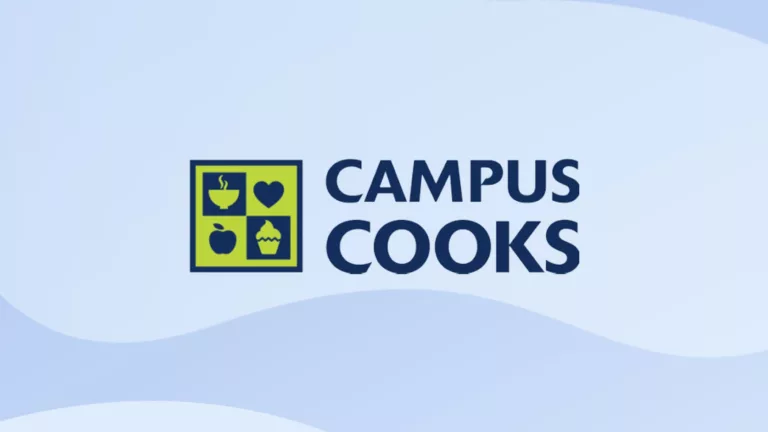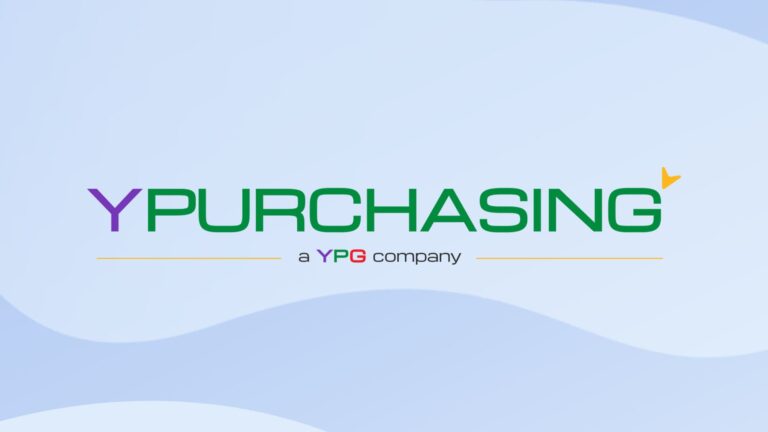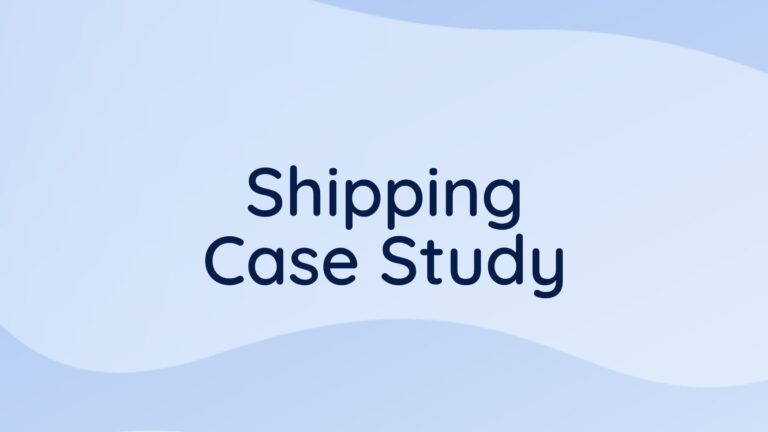
Top Tips for Successful Sourcing From Overseas Suppliers in 2024
Get valuable insights into communication and cultural awareness and explore tips for successfully sourcing from overseas suppliers this year.
By Hugo Britt | February 1, 2024
Sourcing from overseas suppliers can be a complex and challenging process, especially considering factors like geopolitical climate, cultural differences, and communication barriers. Meanwhile, trade wars and rising tensions have led to what the Financial Times has described as a “great reshuffling” of global supply chains, with US FDI (foreign direct investment) in China falling from a peak of $20.9bn in 2008 to an 18-year low of $8.2bn in 2022.
That being said, there is still a vast amount of trade being done with China, or through “node” countries such as Vietnam that may source goods from China before selling them to the US. In this environment, US sourcing professionals must sharpen their communication and cultural awareness skills to succeed.
Tips for successful sourcing from overseas suppliers
To shed light on this topic, episode 136 of The Sourcing Hero podcast featured an interview with Chris Volz, Client Success Manager at China Performance Group. In this article, we explore Chris’s valuable insights and top tips for successfully sourcing from overseas suppliers.
Sourcing from overseas suppliers can be a complex and challenging process, especially considering factors like geopolitical climate, cultural differences, and communication barriers.
Understand the importance of cultural awareness
Chris emphasizes the significance of recognizing and understanding the culture surrounding your overseas suppliers. He suggests that cultural differences can significantly impact business relationships, and being aware of them can help avoid potential issues down the road. As Chris says, “You have to be aware of the cultural differences – because they always pop up.”
Prioritize communication
Clear and effective communication is paramount when sourcing from overseas suppliers. Chris stresses the need to establish open lines of communication and build trust. He advises investing in RAPT: Reliable, Accurate, Predictable, and Timely communication. Chris adds, “The most important aspect of communication is always going to be trust. You need to trust who you are sourcing from.”
Establish mutual trust
Building trust is a two-way street. Chris states, “It is important – and often overlooked – to make sure that the vendor trusts you.” By leaning on each other’s experiences and maintaining transparency, a solid foundation of trust can be established.
Leverage effective communication tools
There are countless communication tools available to bridge the gap between you and your overseas suppliers. Chris suggests exploring various communication platforms and finding the one that suits both parties best. He advises, “It seems there is a new app every day to communicate internationally, and they are very effective,” he says. “But you have to work with each other and figure out what the best tool is for you.”
Clearly define expectations
To ensure successful sourcing, it is crucial to clearly communicate your expectations. “You want to let them know you expect cost, quality, and delivery performance, and that you are going to keep your options open,” says Chris. “You want to keep your suppliers honest.” Clear expectations help align both parties and foster a productive and efficient relationship.
Embrace feedback and collaboration
Feedback and collaboration are vital components of a successful sourcing partnership. Chris emphasizes the importance of encouraging two-way feedback between your organization and your suppliers. This collaborative approach allows for continuous improvement and ensures that all parties are working towards the same goals. Chris says, “You have to be open to this kind of collaboration because it is going to make for the most effective relationship.”
Understanding cultural nuances, prioritizing effective communication and trust, fostering collaboration, and staying updated on geopolitical developments are key for successful sourcing from overseas suppliers.
Visit suppliers in person
While technology enables remote communication, Chris advocates for face-to-face interactions whenever possible. He highlights the value of visiting overseas suppliers in person to strengthen relationships and build trust. “There really is no substitute for that,” he says.
Develop contingency plans
It’s essential to have contingency plans in place when sourcing from overseas suppliers. Chris suggests considering alternative sourcing options or diversifying your supplier base to mitigate risks. Having backup plans ensures business continuity and minimizes disruptions caused by unforeseen circumstances.
Stay updated on geopolitical developments
Geopolitical factors can significantly impact international trade and sourcing. Being proactive and adaptable allows organizations to navigate potential challenges and make informed decisions. Chris advises staying informed about geopolitical developments, trade policies, and regulations that may affect your sourcing strategy. For example, in an election year it pays to understand the presidential contenders’ differing trade policies and have a plan in place for each outcome.
Foster long-term relationships
Building long-term relationships with overseas suppliers is advantageous for sustainable sourcing success. Chris emphasizes the benefits of nurturing partnerships based on mutual trust, shared values, and a commitment to continuous improvement. By investing in long-term relationships, organizations can unlock additional value, gain preferential treatment, and foster a sense of loyalty among suppliers.
Understanding cultural nuances, prioritizing effective communication, building trust, fostering collaboration, and staying updated on geopolitical developments are key elements to establish and maintain fruitful relationships with overseas suppliers. By implementing these strategies and developing contingency plans, organizations can navigate the complexities of international sourcing, mitigate risks, and achieve their procurement goals.
For more on this topic, listen to the full episode of The Sourcing Hero podcast featuring Chris Volz here:








